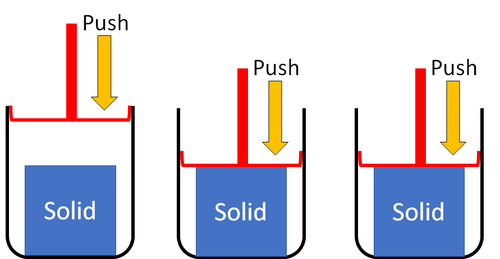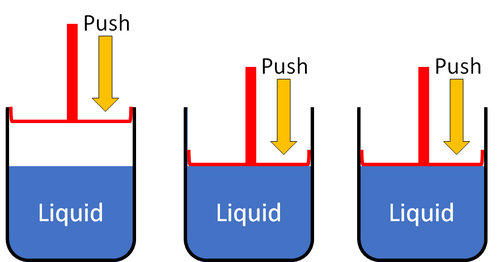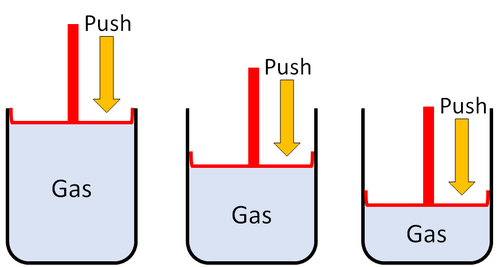Difference between revisions of "State of Matter"
| Line 3: | Line 3: | ||
'''State of matter''' means whether a [[material]] is [[solid]], [[liquid]] or [[gas]]. | '''State of matter''' means whether a [[material]] is [[solid]], [[liquid]] or [[gas]]. | ||
===About States of Matter=== | ===About States of Matter=== | ||
| − | : [[Material|Materials]] can be solid, liquid or gas. | + | : [[Material|Materials]] can be [[solid]], [[liquid]] or [[gas]]. |
: The '''state of matter''' can be changed by heating or cooling the material. | : The '''state of matter''' can be changed by heating or cooling the material. | ||
| − | : Heating can turn a solid into a liquid and turn a liquid to a gas. | + | : Heating can turn a [[solid]] into a [[liquid]] and turn a [[liquid]] to a [[gas]]. |
| − | : Cooling can turn a gas into a liquid and liquid into solid. | + | : Cooling can turn a [[gas]] into a [[liquid]] and [[liquid]] into [[solid]]. |
====Solid==== | ====Solid==== | ||
Revision as of 19:48, 18 August 2018
Key Stage 2
Meaning
State of matter means whether a material is solid, liquid or gas.
About States of Matter
- Materials can be solid, liquid or gas.
- The state of matter can be changed by heating or cooling the material.
- Heating can turn a solid into a liquid and turn a liquid to a gas.
- Cooling can turn a gas into a liquid and liquid into solid.
Solid
|
| Solids cannot be squashed into a smaller size. You can change their shape by squashing, but their size stays the same. |
Examples of solid materials:
- Brick
- Wood
- Plastic
- Glass
- Ice
Liquid
|
| Liquids cannot be squashed into a smaller size. You can change their shape, but their size stays the same. |
Examples of liquid materials:
- Water
- Oil
Gas
|
| Gases can be squashed into a smaller size. |
Examples of gas materials:
- Air (A mixture of gases, mostly nitrogen and oxygen)
- Steam





